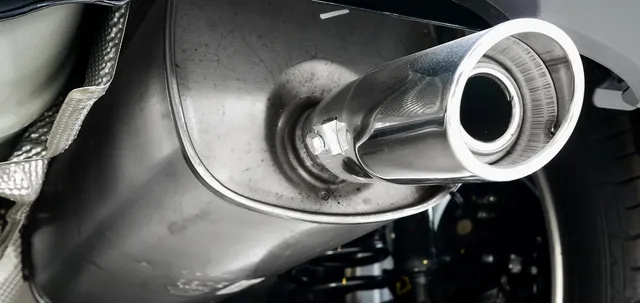
Ensuring your vehicle passes a smog test is vital for environmental protection and adhering to local laws. A smog test assesses the pollutants emitted by your car, and failing can result in fines or registration issues. Here’s a detailed guide on how to prepare your car for a smog test, with practical tips and advice.
Grasping the Significance of a Smog Test
A smog test, or emissions test, measures the pollutants from your vehicle’s exhaust. This test aims to cut down on air pollution and safeguard public health. Vehicles that emit high levels of pollutants significantly contribute to air quality problems, affecting both the environment and human health. Regular smog tests ensure cars meet emission standards, helping to maintain cleaner and safer air for everyone.
Regular Driving Before the Test
Driving your car regularly before the smog test ensures it operates efficiently. Taking a long drive on the highway can burn off any carbon build-up in the engine and exhaust system. This practice, often called an Italian tune-up, helps your car run cleaner and boosts its chances of passing the smog test.
Warming Up Your Engine
A warmed-up engine works more efficiently and emits fewer pollutants. On the test day, drive your car for at least 20 minutes before arriving at the testing center. This ensures the engine is at its optimal operating temperature, which can notably enhance your car’s performance during the smog test.
Using a Fuel Additive
Utilizing a fuel additive designed to cut emissions can help reduce your car’s pollutant levels. These additives clean the fuel system, eliminate carbon deposits, and enhance combustion efficiency. Add the recommended amount to your gas tank a few days before the test and drive normally to allow the additive to circulate through the system.
Checking for Diagnostic Trouble Codes (DTCs)
Modern cars have an onboard diagnostic system that monitors the engine and emissions control systems. If there’s an issue, the system will store a Diagnostic Trouble Code (DTC) and trigger the Check Engine light. Use an OBD-II scanner to check for stored codes and resolve any issues before the smog test. Clear any resolved codes to prevent them from affecting the test results.
Leave a comment